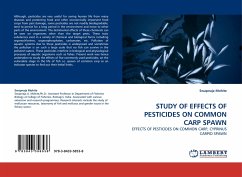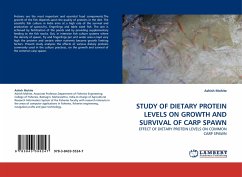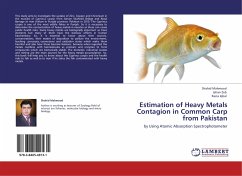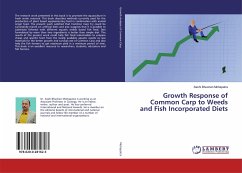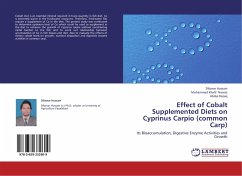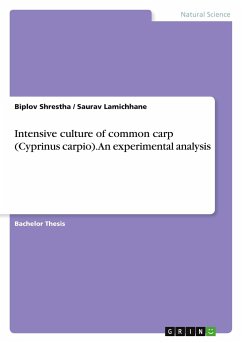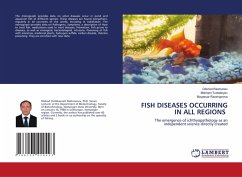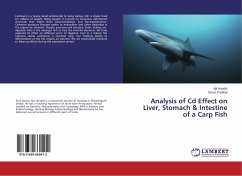Although, pesticides are very useful for saving human life from many diseases and protecting food and other economically important food crops from pest damage, some pesticides are not readily biodegradable, tend to persist for a long period in the environment and move to other parts of the environment. The detrimental effects of these chemicals can be seen on organisms other than the target pests. These toxic substances exist in a variety of chemical and biological forms including organochlorines, organophosphates, carbonates, etc. Pollution of aquatic systems due to these pesticides is widespread and sometimes the pollution is on such a large scale that no fish can survive in the polluted waters. These pesticides interfere in biological and physiological processes of aquatic organisms such as fishes. Present work was hence undertaken to study the effects of five commonly used pesticides, on the vulnerable stage in the life of fish i.e. spawn of common carp as an indicator species to find out their lethal limits.
Bitte wählen Sie Ihr Anliegen aus.
Rechnungen
Retourenschein anfordern
Bestellstatus
Storno

